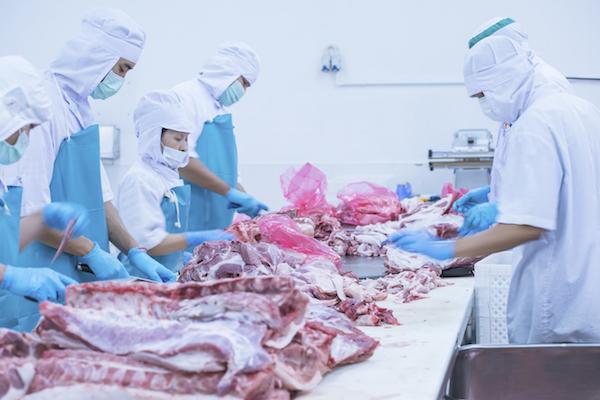FSIS currently declares seven serotypes of STEC as adulterants of raw non-intact beef products and product components in the USA. Collectively these STEC serotypes are referred to as pathogenic STEC (pSTEC) and Australian beef producers exporting to the USA must demonstrate their product has tested free of pSTEC prior to export. Testing for pSTEC typically relies on the molecular detection of three genetic markers; stx, eae, and a pSTEC O serotype. However, initial screening does not determine if a single organism (i.e pSTEC) is carrying all three genetic markers and attempts are made to isolate pSTEC during routine confirmation. Substantial differences between the pSTEC potential positive rate and the pSTEC confirmation rate have been observed and this study has attempted to identify reasons as to why this occurs. A total of 127 enrichment broths comprising 98 Big6 (E. coli O26, O45, O103, O111, O121, O145) and 29 E. coli O157 potential positives were analysed using immunomagnetic separation and colony hybridisation targeting E. coli that harbor stx, eae, or are of a pSTEC serotype. STEC, eae-containing E. coli, and E. coli of a pSTEC serotype that lack stx and eae were found in 40.8, 27.5 and 27.5% of Big6 samples and 20.7, 13.8 and 3.4% of E. coli O157 samples, respectively. It was common for samples to contain multiple isolates of E. coli harboring different genetic markers that would be detected during screening and which could account for the potential positive status of that sample. Whilst their presence alone doesn’t indicate the absence of pSTEC, the data indicates that organisms other than pSTEC are likely to contribute significantly to the generation of potential positive samples during screening. These combinations may give rise to an elevated potential positive rate, increase the difference between potential positive and confirmed positive rates, and reduce the perceived effectiveness of currently established confirmation protocols. Whilst ongoing refinement of confirmation protocols is required to ensure maximum isolation rates are achieved from samples containing pSTEC, a focus should remain on identifying genetic or phenotypic differences of pSTEC that can be exploited during the screening process.





